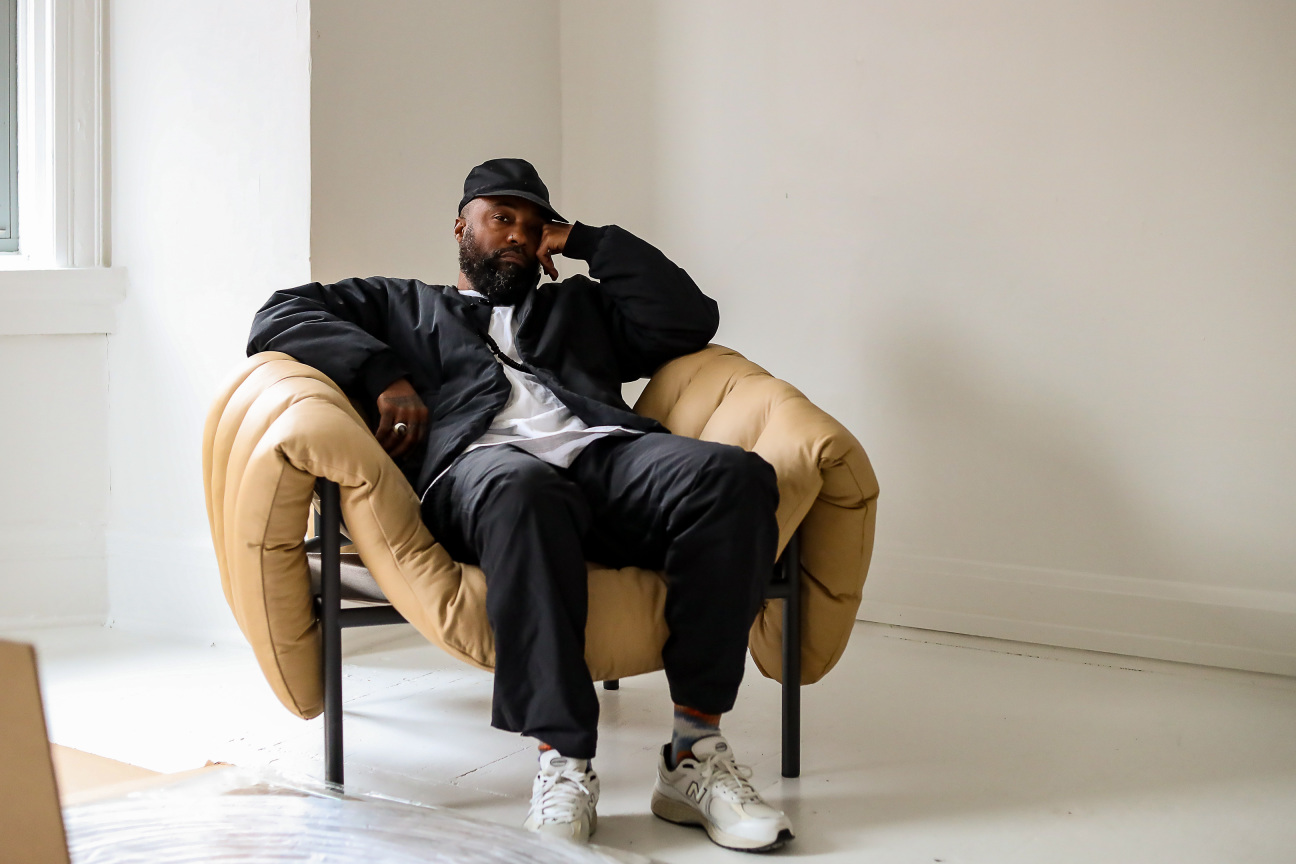
Bradford Young: There’s a real intentional framework to obey in the film industry—certain rules to be engaged with the story in a way that…I’m still trying to figure out. As cinematographers, our relationship to time is much like that of artists; it’s a contemplative, accumulative practice. Making films—specifically the films I make with Black artists, like Selma—you have to play the “uplift” game with a certain amount of time given. That doesn’t allow you to think about the past in a new way, and it doesn’t allow you to think about the future. I think about time as a slow assassin. It’s a marronage that cannot exist in standard industry contexts, because time is their weapon—it’s the thing that they deprive you of in order to keep you in line. When art is made out of that context, it’s more human.
Arthur Jafa: One early, profound experience that framed my whole relationship to cinematography was working with Charles [Burnett] on My Brother’s Wedding. It was a chaotic shoot—I mean, a classic Black indie film experience. I came out to Los Angeles to be a PA, or at best a second or third camera assistant. There was so much crew turnover the first few weeks—people having affairs, affairs collapsing, classic shit—until it was just the two of us in the camera department. I’ll never forget it being just me and Charles on a location pre-lighting. Charles shot like a painter. He’d stand next to the camera, walk over with one light bulb, screw it in, then walk back to look at it. It had nothing to do with moving big lights around, gaffers, or any of that kind of stuff. Six years later, on the set of Daughters of the Dust, it was very much the same. We had a very small crew, and shot with a lot of available light. Later, people would say, “Oh, it’s just available light,” as if you just pointed the camera and shot, which always irritated me. If it were that simple, we’d see a lot more films that looked as good as Daughters. But we don’t. The “available light” thing became, How do you work given minimal means? Then I went to Crooklyn, which was great in many ways, but I never really figured out how to transpose that way of working onto the context. It wasn’t the slowness that I missed (we worked quickly on Daughters), but the freedom to contemplate and operate free of constraint. Constraint on a movie set is manifested in terms of time. I remember when I saw the films [The Model and The Model: Oshun and the Dream] you and Kahlil [Joseph] did with—
Young: Seu Jorge?
Jafa: Exactly. It was incredible. Even now, they are some of the most amazing things I’ve seen. I remember asking, “Well, what did you do?” And you were like, “Man, we had no lights. It was just me moving things around.” Whatever that state of grace—if you want to call it a state of grace—is, it’s always harder with a lot of people around.
Young: Yeah.
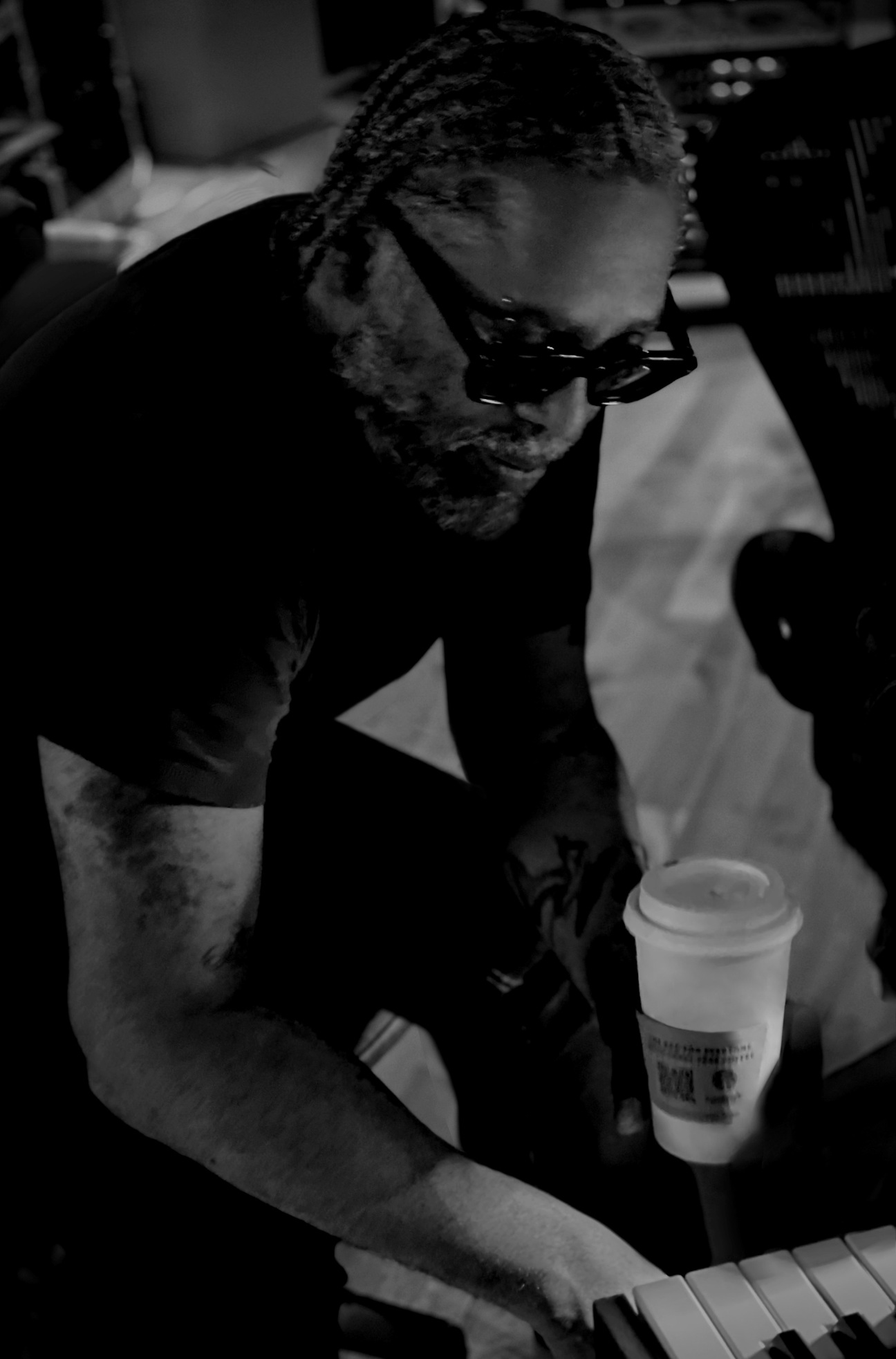
Jafa: It requires people you’ve worked with before: people you have some continuity with—their personalities, their preferred way of being spoken to, their sense of speed, and how they manage temporal constraints. All of these…pressures. It’s like having a saxophone. It has a fixed set of mechanical actions. Not to reduce people to instruments, but we are all instruments within a production. How do you wield an instrument? How does the director wield you as a cinematographer? It matters how people look at you, how they talk to you, how they declare things, or sometimes just ask, “Well, what do you think we should do?” Even when you allow the other person to initiate an exchange, you still want a context that reinforces Black sociality, but the “classic production mode” didn’t evolve in response to what Black sociality is or should look like—it doesn’t reflect that. So when you’re inside of it, you’re constantly trying to create these pocket universes. Even if it’s just between you and one other person, you’re trying to create a momentary asylum where you can confer with one another in a moment of grace that disregards the alien, ill-fitting constraints of the protocols. It’s always there, but you want to create your own gravitational field inside of it. So, you work with the same people again and again and again if you can. That’s one of the things I saw with Malik [Hassan Sayeed] over the years, because he has such a tight crew of brothers and sisters. You can be working on a job for Chanel with Malik, and it’ll be mostly Black folks. I remember when we were working on Formation with Beyoncé. You would think, Beyoncé? Super Black. You know what I mean? But she was like, “I’ve never been on a set like this before.” Malik and I just looked at each other, and said, “It’s always like this.” We never felt like it had to be a Black project to have a Black crew. Ain’t nobody doing a list of who’s white and who ain’t on their crew. It’s about working with the people you know.
Young: And the people you love.
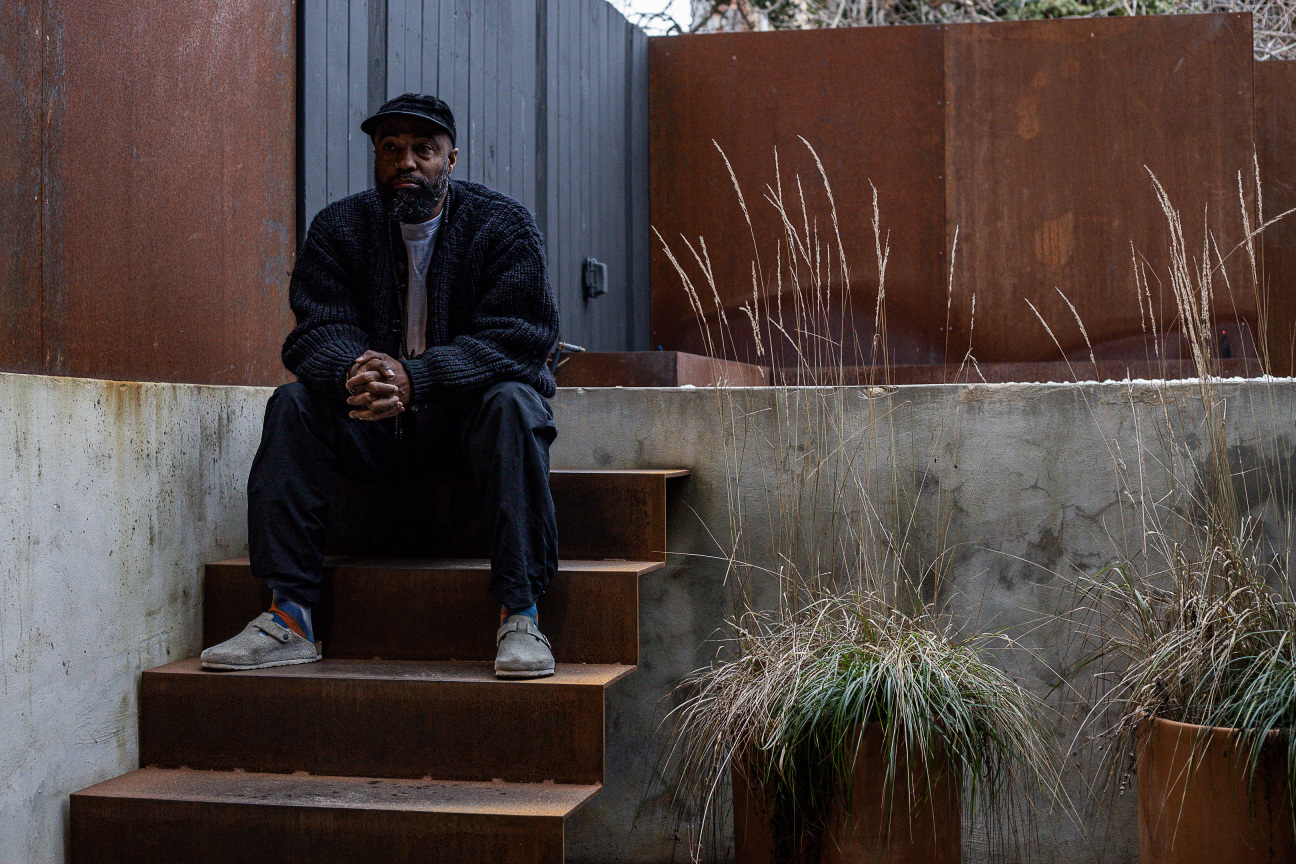
Jafa: I feel like you and I…we’re X-Men but there ain’t no Mr. X—Xavier or Malcolm—you know what I mean? Ain’t no school for us, no asylum, so we’re fumbling around in the dark looking for each other. There are things that come up specifically around just being a Black person in this industry. You want to be a samurai sword, but they’re fucking dicing hotdogs with you. You want to be used to your fullest capacity, and it’s just so hard to find that, man. Like, look at me. I’m at peace with myself, but this is not the arc I imagined—it’s not. I’m 60, and I’m still looking toward my first feature film. But I am happy with where I am. I used to look back and think I could have achieved a lot more as a cinematographer, which is an art form I love and respect. [John] Coltrane in Miles [Davis’s] Kind of Blue did not say, “I didn’t write the music” or “It’s not my band, so whatever.” Coltrane [who played saxophone on the album] did ‘Trane. My thing is like, I never got to…well, it depends on who you talk to. Some people say, “You got your Coltrane moment.” But it’s weird, no matter how interesting or respected a moment is, you want to have 10 of them before moving on to be bandleader. And even then, we know from the history of jazz, people go back and forth.
Young: I remember a few years ago I went to visit Greig Fraser on the set of Rogue One in London. They were doing these massive reshoots with hundreds of people…it was big! The first thing I did was try to understand where the light was coming, you know, I was in my cinematographer’s head. Then I wanted to see how Greig survives in that kind of machine. This is a guy I really respect. He works at a high level of art but also knows how to command personnel—gather and command human resources in a way that’s special. Instantly I thought, This guy’s gonna be shooting movies up into his 70s. He’s gonna be up on these sets till he’s an older person. It was the first time that I was able to realize that I wasn’t that person. I’m not going to be on set when I’m that age—I don’t want to. I have other interests, you know. Cinematography is an axe, and there’s a big ol’ tree. I don’t know what the tree is, but we are all chipping away at it. There’s something else that I know I need to be doing. I’m pretty certain I’ll still be accessing time-based motion picture practices, but within a space in which I can do other things. This is not in reaction to anything—other than that maybe time and space have expired for me in all the best ways. Maybe what’s next is a hybridized version.
Jafa: Early on, I had visions of making at least 20 films. Like, full-on stories and narratives. I’m 60 now, so my timeframe and what I’m trying to accomplish has definitely shifted. As you get older, you find yourself just getting closer to the actual essence of what you want to do. I just want a film that feels like listening to a Miles Davis record, right? That’s the simplest, least complicated way to say it. But how many films can you say that about? A handful, to me. At best you’ll see a moment. I think of Jeanne Moreau walking the streets at night in Paris [in Louis Malle’s Elevator to the Gallows] with Miles Davis playing on the soundtrack. It’s still a sublime moment. I want to make a movie that can do that the entire time, not for just an instant. The thing is though, a film has to be a proposition. A film—particularly a Black film—is powerful because of the propositional nature of it, not because it fully realizes something to the Nth degree. Daughters is like that; it’s a proposition. I’ve accepted that I’ve gotta be propositional for many of the things that I want to do in my life. They’re gonna have aspects in them that are going to be largely implied, like in music.
Young: That’s what filmmaking is. In terms of division of labor and talent, we bring all these people together to help us manifest this greater vision or hope or, as you said, proposition. I’m very clear on what that feeling is for the cinematographer when a community or a group of people come together to experience the amalgamation of this thing we call a movie. I remember going to see A Most Violent Year at AFI Fest. J.C. [Chandor, the writer/director] asked me to come see it, and I said, “I’m gonna come for five minutes.” I ended up staying for the whole film, sitting in the corner because I didn’t want anyone to see me. It was one of those rare times where I, the cinematographer, experienced euphoria in the life of a film. I had not seen the mix at the time, not heard the mix, nor seen how well the color grade had married with the re-edits and the re-cuts and the sound design and all the things that J.C. did so well. I’m not sure if I have ever felt the same ascending feeling on set, and I have a lot of questions about why that is because that’s something I yearn for. As you said, when I’m on set I’m in my instrument mode. It’s when I’m actually with my tools, where I’m with the things and the people that allow me to obviously, clearly, and respectfully enable the director to see their vision—and all the data points and memories or spirits in my body that let me translate it.
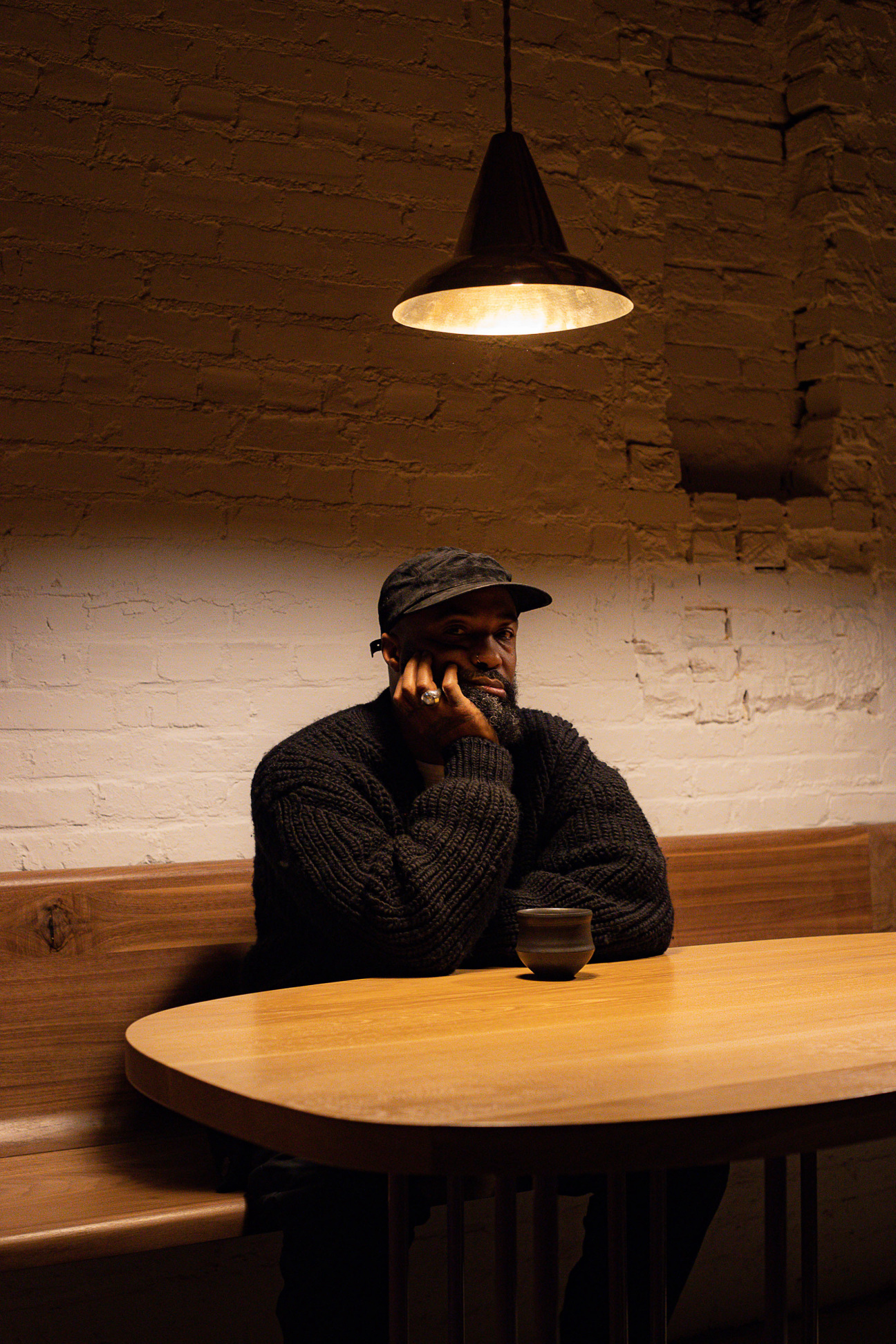
Jafa: I don’t want to lean into the idea that Black people somehow operate best when there’s a lack of material or resources. There’s a fine line between making something out of nothing and saying that we’re at our best when operating with deficits. We know that’s not true because of jazz, if nothing else. A person can have all the technical skills, the mastery, the resources, everything they need, and still operate in a state of emergency like it’s life or death. The point, finally, is ascension.
Young: If you’re doing something for eight years or 20 years straight, you’re just gonna be good at it. That can happen in a vacuum, but it’s also part of the cosmos, part of the universe, part of pedagogy, and a very intentional learning space that extends beyond the classroom and into the world. That’s where people are; that’s what people are connecting to, whether they’re part of that chain of transmission or not.
Jafa: Continuity.
Young: It’s also about a certain continuity of working and a certain continuity of structure where Mother of George, Daughters of the Dust, and Belly [with cinematography by Sayeed] happen repeatedly, not once every 20 years. That is detrimental to all of our dreams and aspirations of what film can be for Black people. When you are not practicing on a consistent level, then you cannot get better and you cannot develop whatever it is you want. When you want that thing, you got to be willing to deal with all of the things that we bring to the table that are disruptive.
Jafa: People want the heat, but they don’t want the fire. That’s been my experience.
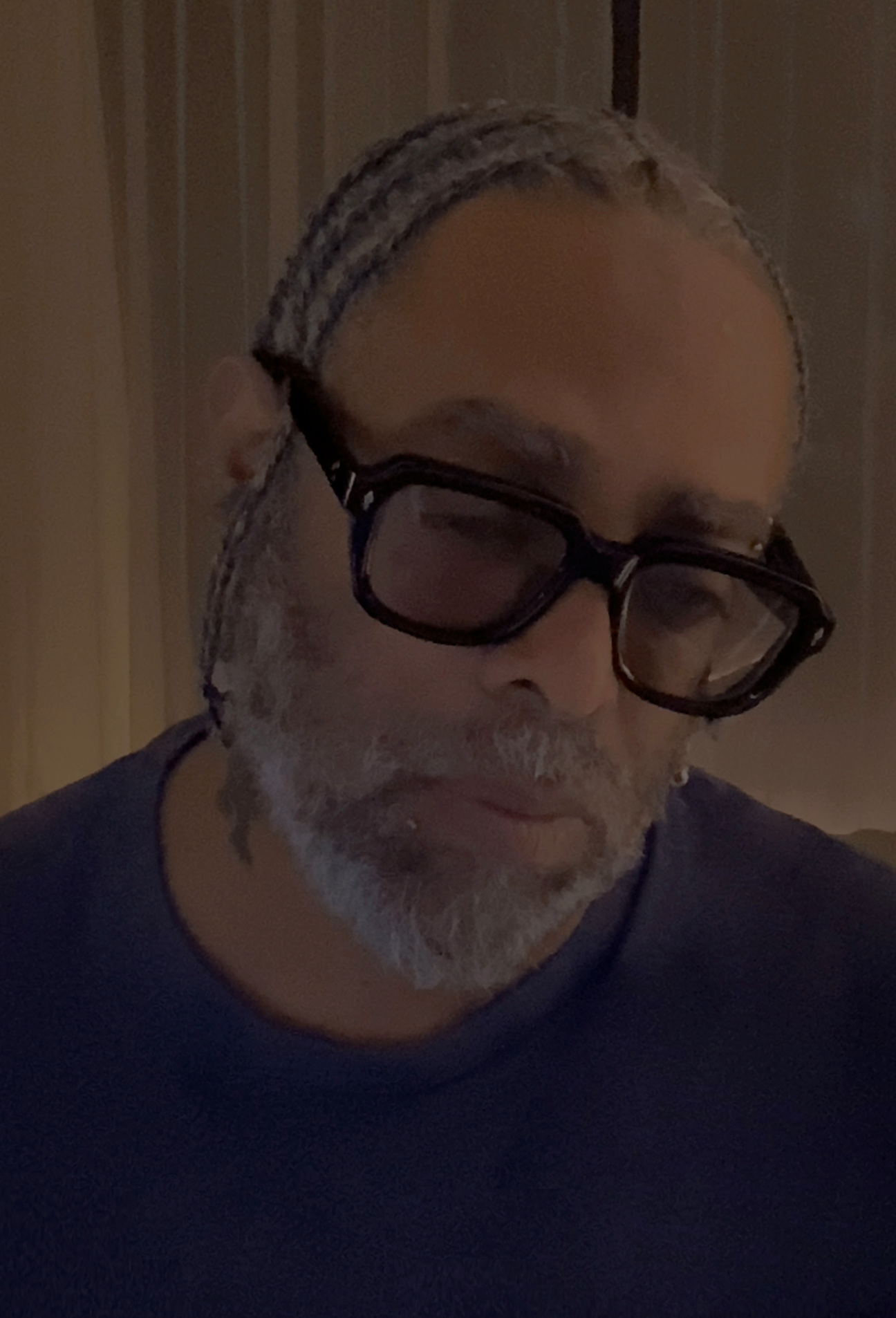
Young: In the dynamic of being individuals within a collective, we have to be in our feelings but ultimately not in our feelings. We have to be accepting but we also have to shed tears. That is what’s great and challenging about collaboration, community-building, nation-building. As imagemakers, the most beautiful part is we have to midwife all of that into existence. We cinematographers have to midwife film images and ultimately films into existence. That is our spiritual and professional mandate. The concept of perspective is embodied in the lens, you know. Perspective is like the Holy Grail of art. For all of it, perspective is key. The camera itself and persistence of vision is what makes it cinema. You can talk about sociology and structures and who’s got power and who doesn’t, but if you don’t respect that camera—if you don’t understand what that thing is doing in correspondence with this social structure, this culture, this village-building—then it ain’t filmmaking. I’m not putting you in the bag of cinematography, you’re clearly more than that—though you are that—but it is our responsibility to that beautiful synergy between the director’s vision and what’s on screen. It’s also our duty to teach folks.
Jafa: You create manifestations. You got to be a student of the form. You’ve got to deal with the instrument. I remember feeling like I’d figured out my path when I met Haile [Gerima], Alonzo [Crawford], and Abiyi [Ford] at Howard University. They offered me an assertion, a truly radical proposition: “We need a Black cinema.” So I asked them, “Well, what is that?” “Not Hollywood,” they said. And I said, “Cool…but tell me what it is, not just what it isn’t.” I realized I had to go back to the fundamentals of cinema.

Young: All of those questions don’t matter unless we go back and dribble. As Black filmmakers, we want a lot out of the medium, but we’re not creating time signatures. Honestly, we just end up doing white people shit. It goes back to the rigor, man. You got to put in the work. You have to think about it. You got to talk about it—and talking about it means you got to be in community; it means you got to be with the people you love.
Jafa: That’s why I keep coming back to the term “propositional.” There’s a kingdom in the future that exists for us where our kids can pick up a camera and just be as free as ‘Trane, Jimi [Hendrix], and Billie [Holiday]. But in this time and space we are in now, we’re passing shit to the future. We do the best we can, and occasionally we see the shit totally manifest itself. Basically, we’re just with rocks in our hands trying to generate a spark. But a spark is everything. It’s the sun, a lightning strike, a forest fire; it’s home. That’s why, when you say “practice,” I know what you mean. Or in my case, I feel like I’ve figured out, or at least evolved, strategies—through Photoshop or picture books or whatever—to stay in the question. How do I stay engaged with the question? The rigor? To continually say, How do I best formulate my thinking and then, when given the opportunity, implement it? I don’t just talk about it, but enter the space of making in a state of emergency. You know what I mean?
Young: To emerge.
Jafa: To emerge.

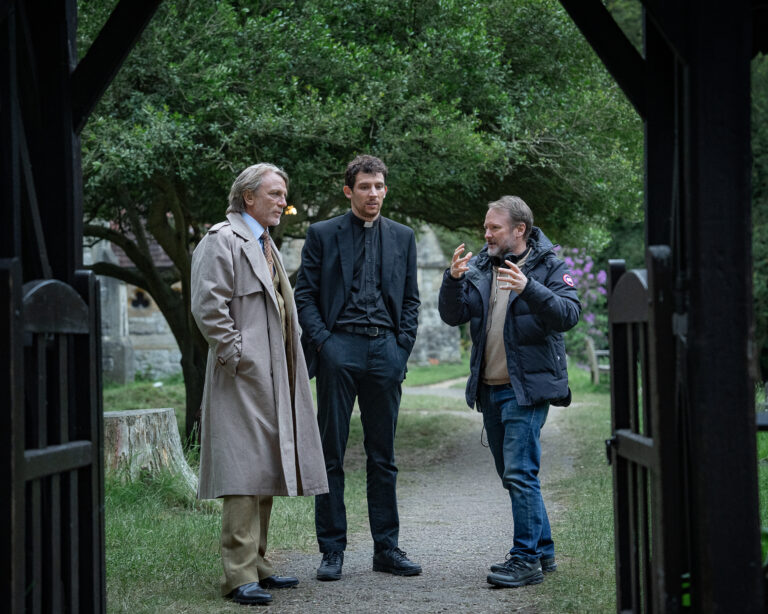
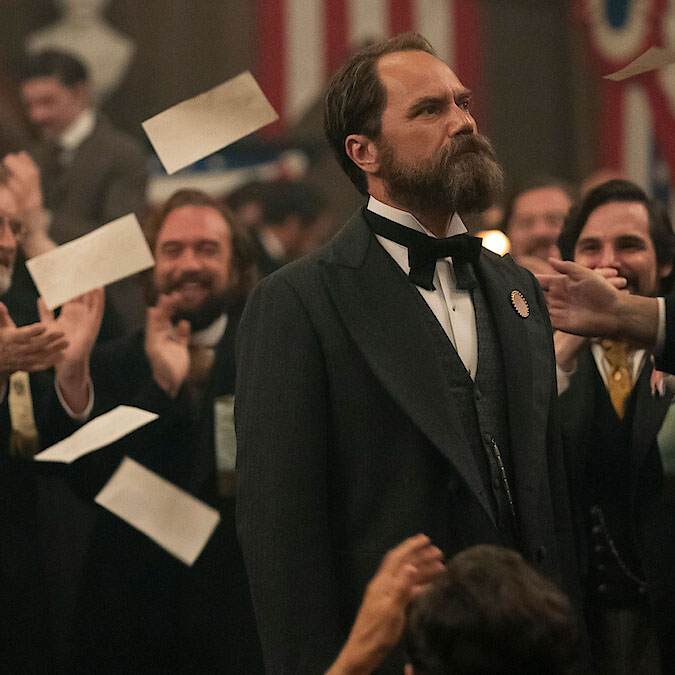
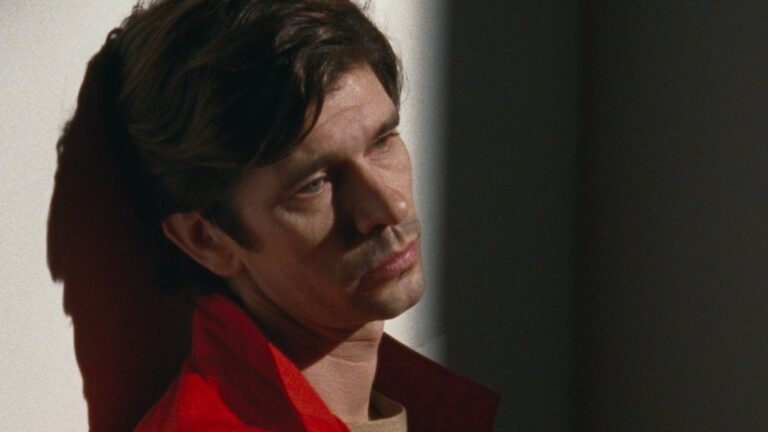
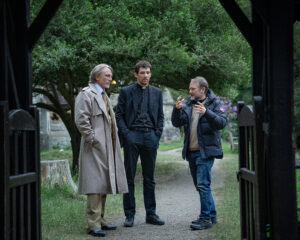
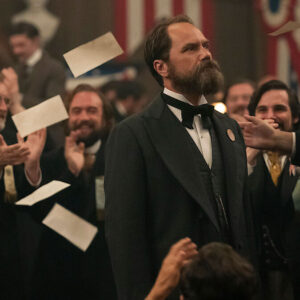
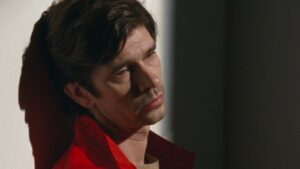



 in your life?
in your life?

